- Opening of the 2025 Nam Hai Guanyin Festival
- Promoting the value of intangible cultural heritage
- Rich cultural heritage
- Artist of the festivals
Land of festivals
Mentioning Ca Mau is mentioning the land of "golden forests, silver seas", where people live in harmony, generosity, and respect for humanity. Ca Mau culture is the quintessence distilled from the cultures of ethnic groups, including traditional festivals that have been preserved and inherited for hundreds of years.
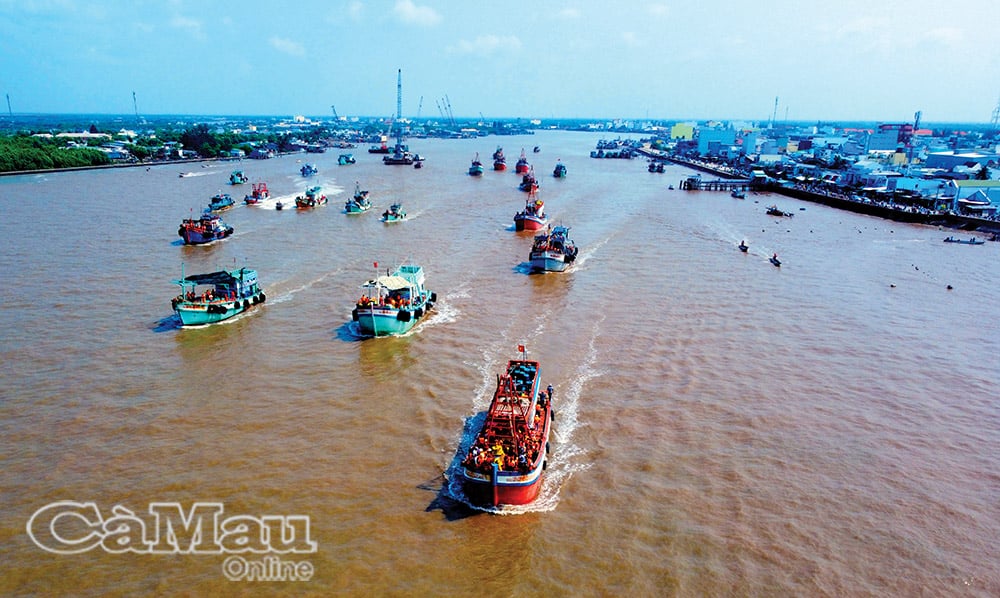 The Whale Festival represents the aspiration of Ca Mau fishermen to conquer the ocean and get rich from the sea.
The Whale Festival represents the aspiration of Ca Mau fishermen to conquer the ocean and get rich from the sea.
A typical example is the Nghinh Ong Festival, which has become a symbol of the strength and aspiration to conquer nature of Ca Mau fishermen in the process of building a prosperous life and homeland. At the same time, it also demonstrates the morality of "remembering the source when drinking water", commemorating the whale that has helped fishermen overcome big waves and strong winds during their trips to sea. The festival usually takes place after the Lunar New Year every year in many coastal communes such as Vinh Hau, Ganh Hao, Song Doc... In particular, the Nghinh Ong Song Doc Festival has been recognized as a National Intangible Cultural Heritage.
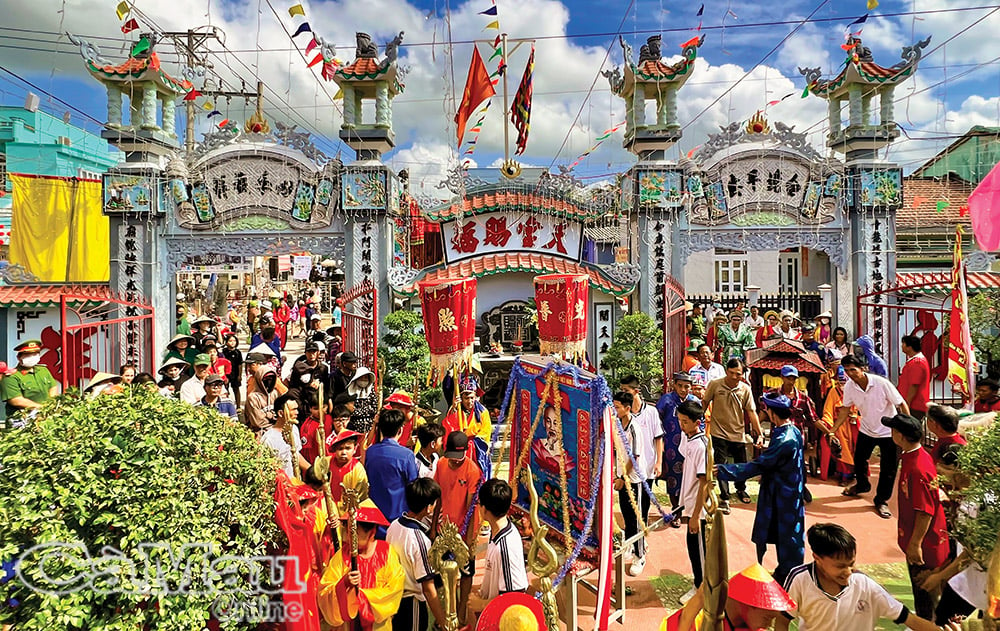 The Chinese Ky Yen Festival has become a day of joy for the Kinh and Khmer ethnic communities, wishing for national peace and prosperity.
The Chinese Ky Yen Festival has become a day of joy for the Kinh and Khmer ethnic communities, wishing for national peace and prosperity.
Originally a festival of the Chinese, the Ky Yen festival has gradually become a day of joy for both the Kinh and Khmer people. The festival is held throughout January. In addition to the rituals of praying for national peace and prosperity, it is also an opportunity for neighbors to meet, visit, and encourage each other in life, contributing to strengthening community solidarity. During the festival, traditional opera and folk games are also held at communal houses and temples.
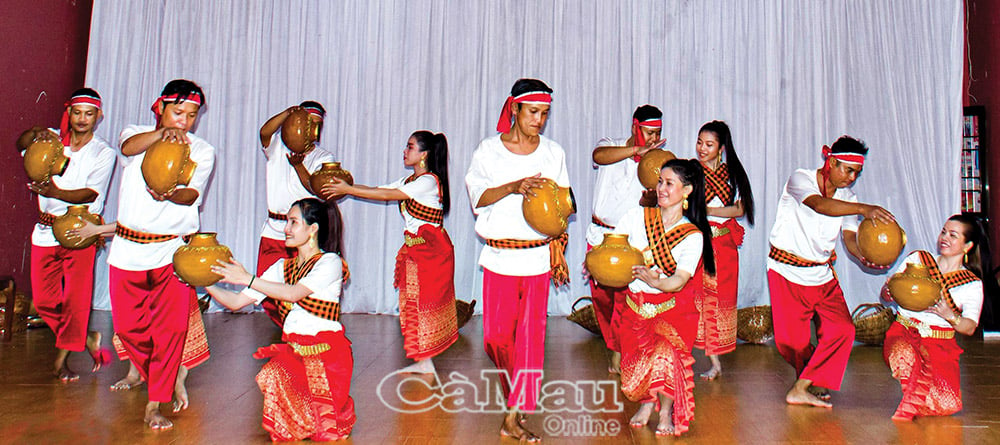 Khmer folk dance. (Photo by Quoc Binh)
Khmer folk dance. (Photo by Quoc Binh)
Another typical festival is Ok Om Bok of the Khmer people. Existing for a long time and preserved to this day, Ok Om Bok festival originates from the belief of thanking the Water God for blessing good crops, and is an occasion for the people of the village to have fun after hard days of farming. During the festival, many pagodas often organize Ngo boat races, both creating a joyful atmosphere and preserving the unique culture of the Khmer people.
Heritage convergence
During the journey of reclaiming and establishing settlements more than 300 years ago by our ancestors, many cultural heritages were born in the southernmost land of the Fatherland, bringing the image of Ca Mau far and wide across the country. Notably, the representative intangible cultural heritage of humanity - the art of Southern amateur music. Over the past century, the art of amateur music, although having its ups and downs, has remained steadfast in its vitality. Also more than 100 years ago, the immortal song "Da co hoai lang" by musician Cao Van Lau was born, this "king song" of the reformed theater contributed to enriching the art of amateur music, becoming one of the heritages of Ca Mau. Until now, "Da co hoai lang" still makes the hearts of many music lovers flutter.
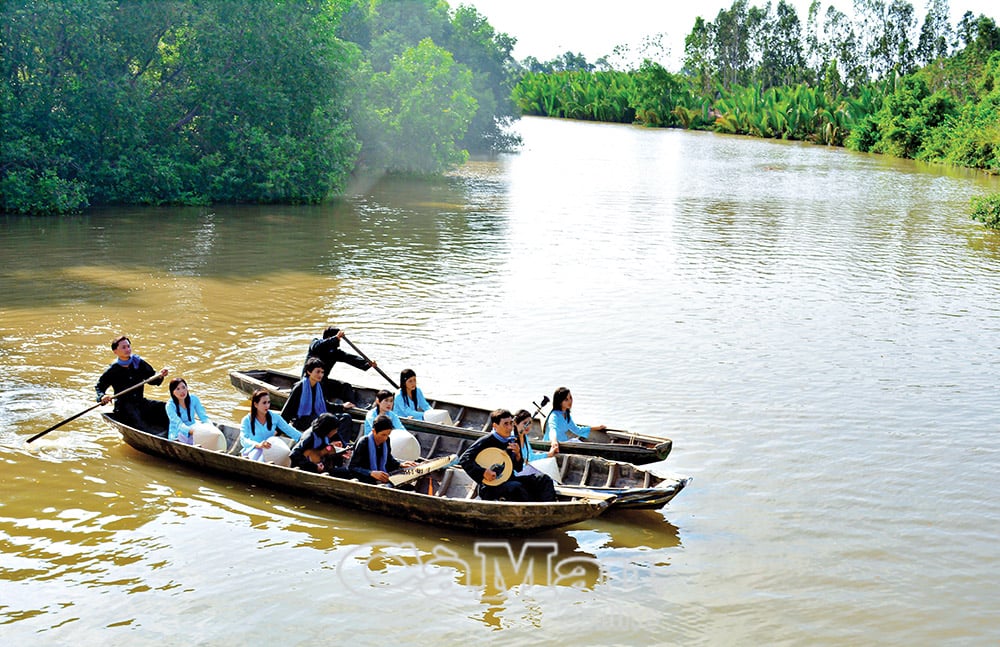 The art of Don ca tai tu - Intangible Cultural Heritage of Humanity, enduring vitality in the countryside.
The art of Don ca tai tu - Intangible Cultural Heritage of Humanity, enduring vitality in the countryside.
Contributing to the cultural harmony of Ca Mau are unique satirical folk stories of Uncle Ba Phi, rich in imagination, living in harmony with nature; and the legend of the playboy of Bac Lieu , famous in the South.
Ca Mau is also a place where folk wisdom shines, crystallizing into traditional craft heritages. Crafts such as making handmade salt, salting three-sided crabs, making dried shrimp, hanging beehives... are not only a livelihood, but also a heritage of indigenous cultural life, carrying the love of the homeland and the creativity in the work of the local people.
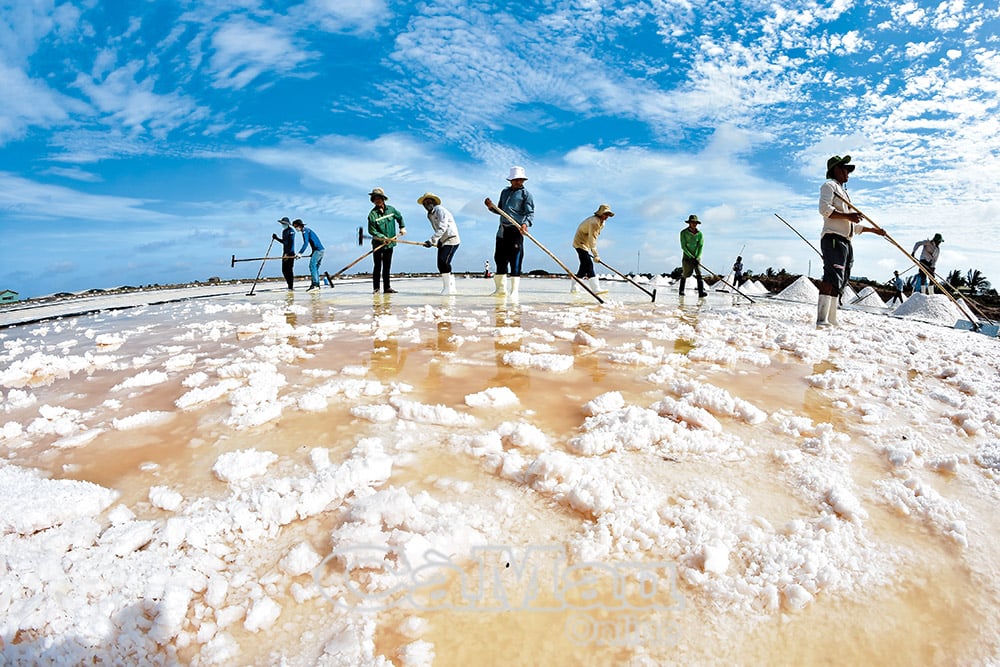 The traditional salt making profession has been preserved by salt farmers for over 100 years.
The traditional salt making profession has been preserved by salt farmers for over 100 years.
All the above cultural pieces have created a harmonious cultural space, rich in identity, which is a valuable and great soft power for Ca Mau to firmly reach far in the development process.
Huu Tho
Source: https://baocamau.vn/vung-dat-cua-nhung-le-hoi-va-di-san-van-hoa-a123192.html





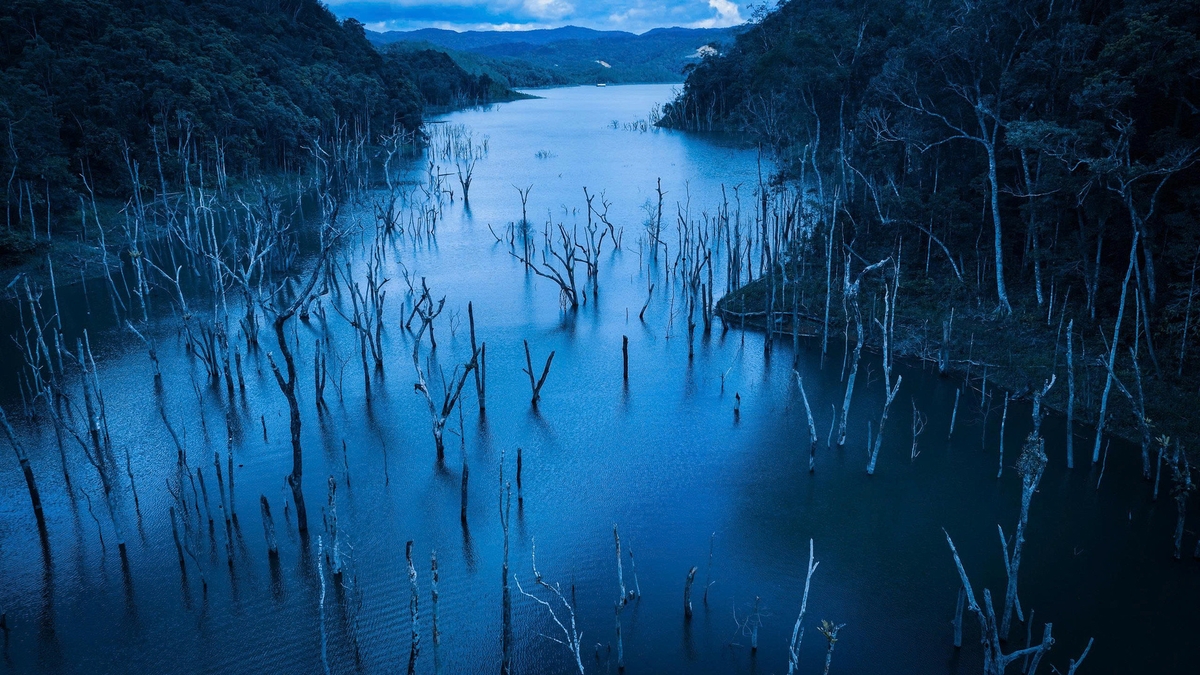

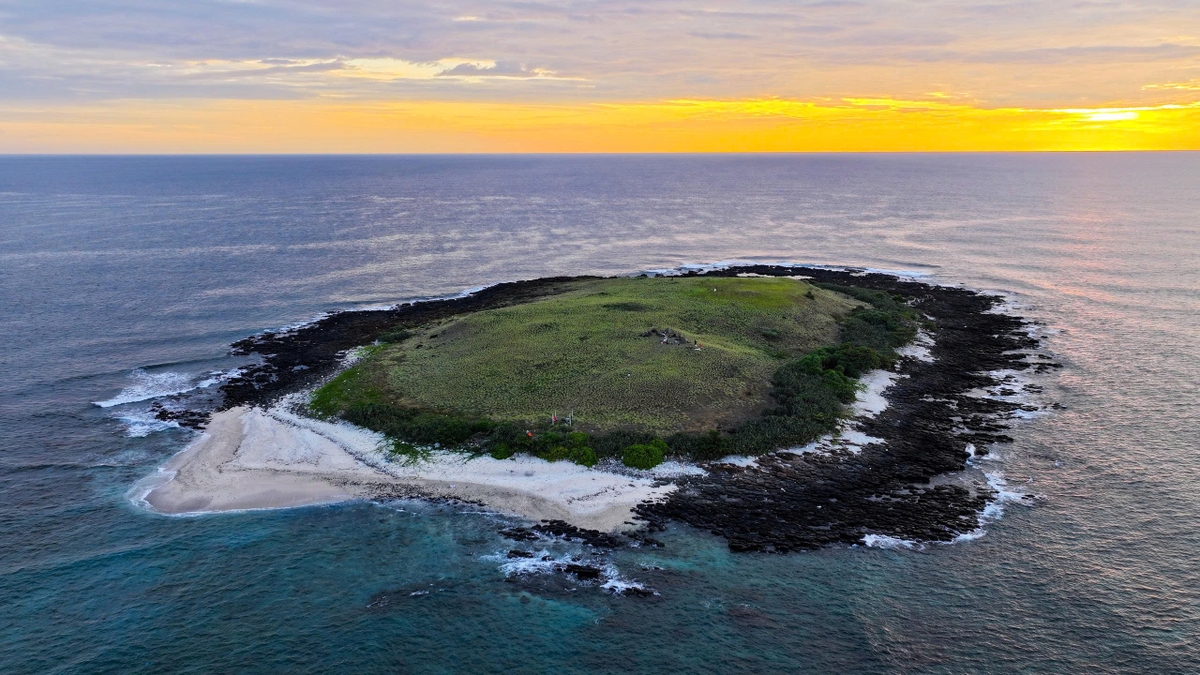


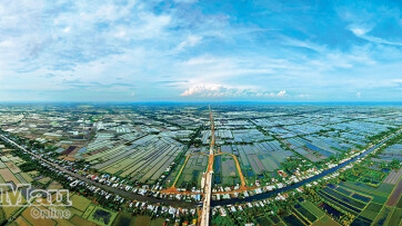
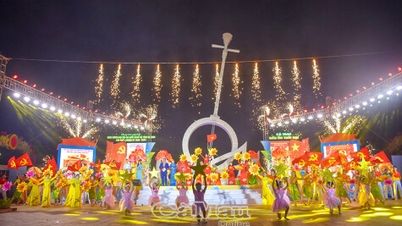
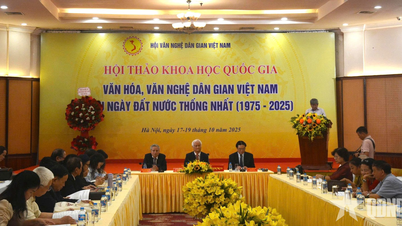

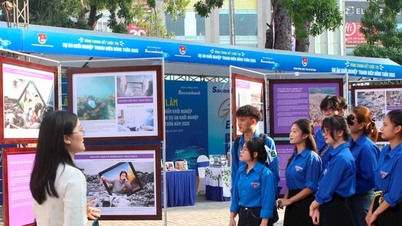

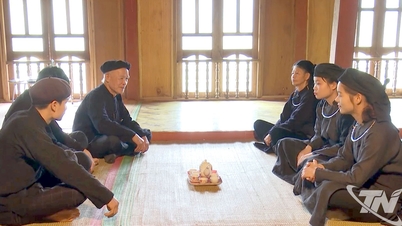


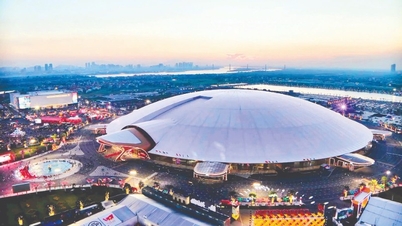

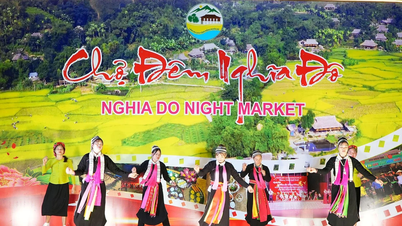

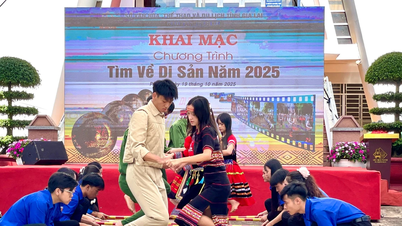

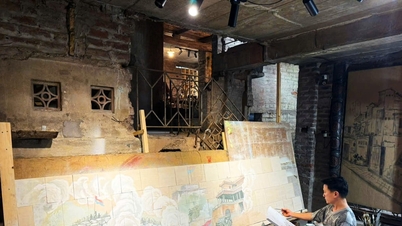






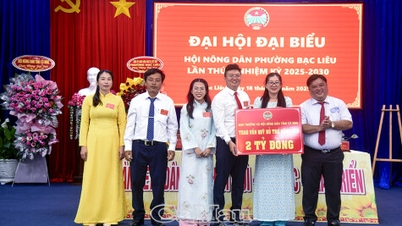
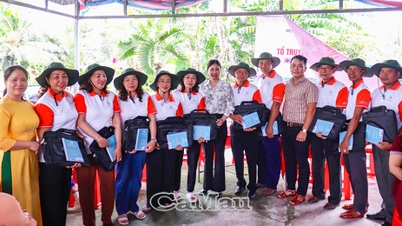
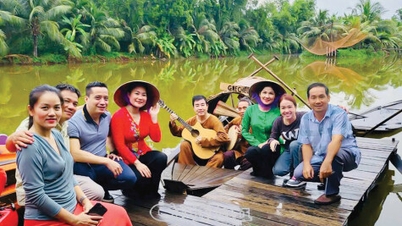
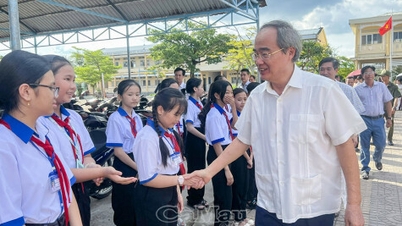

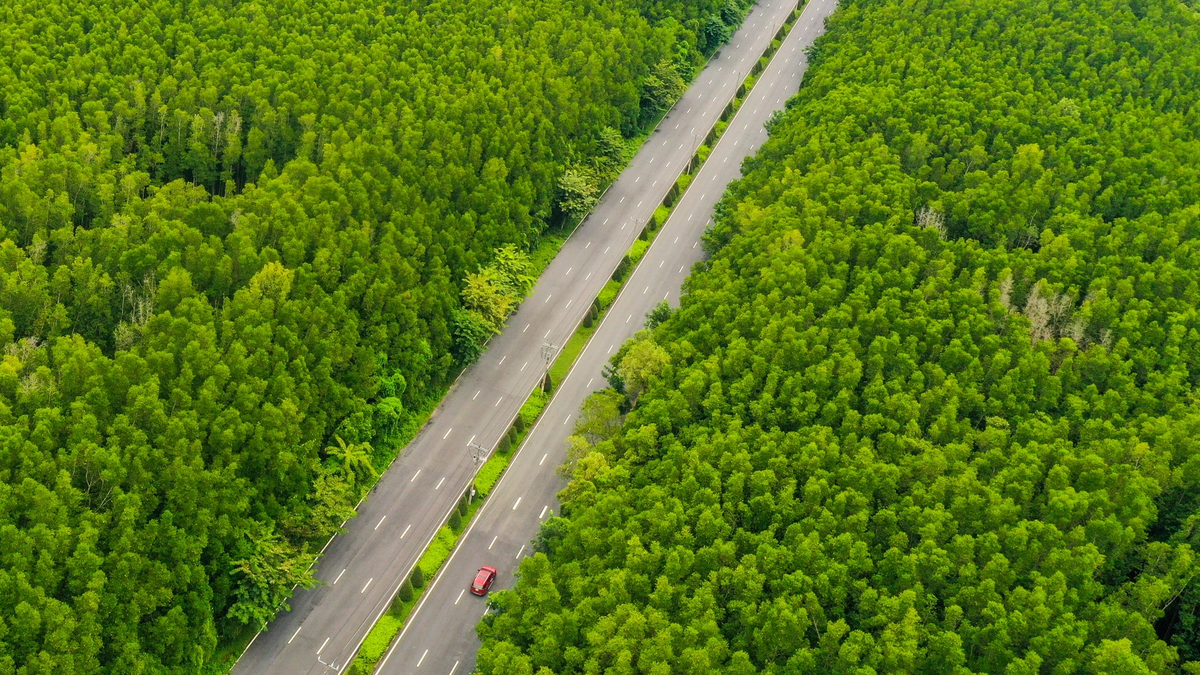
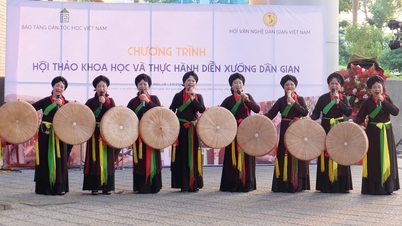



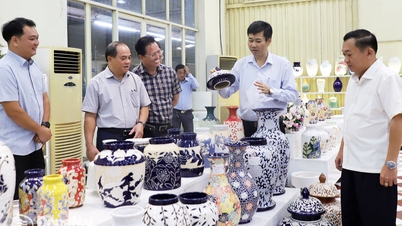







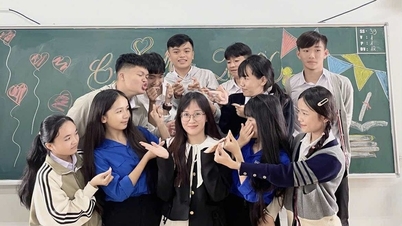

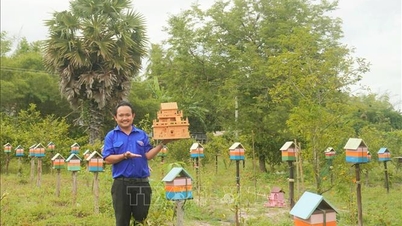








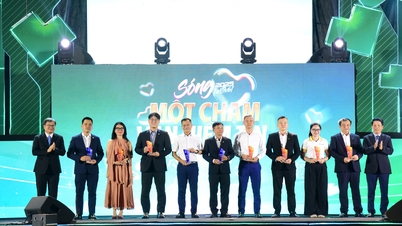














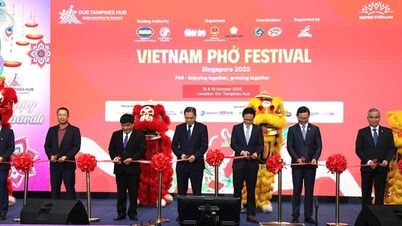
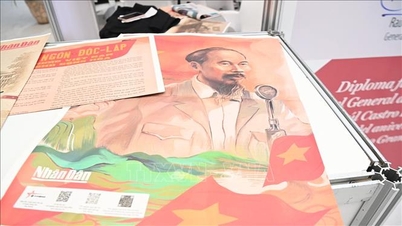
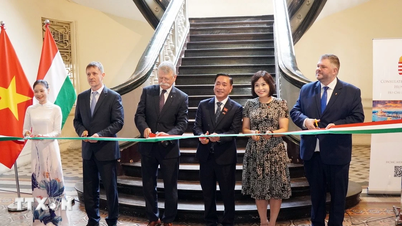

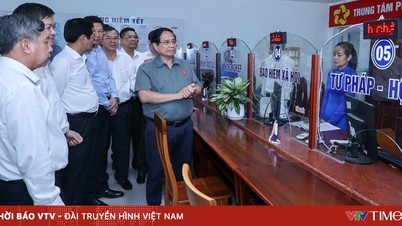


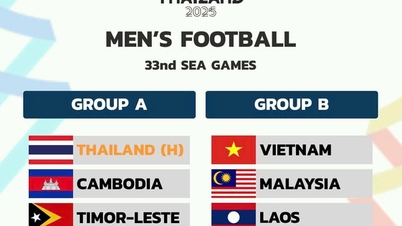

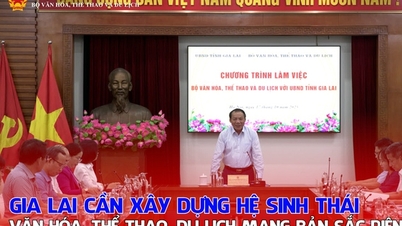
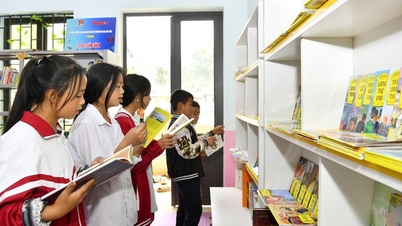

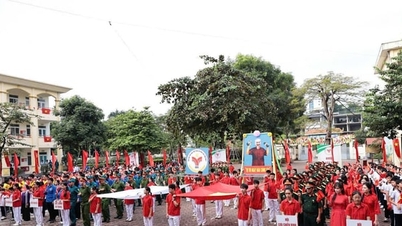
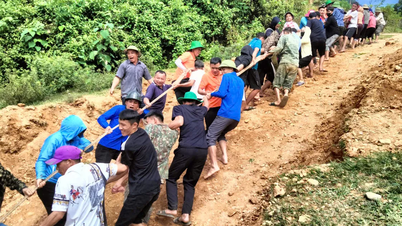


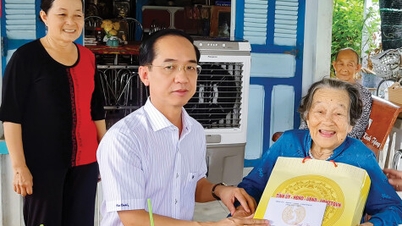
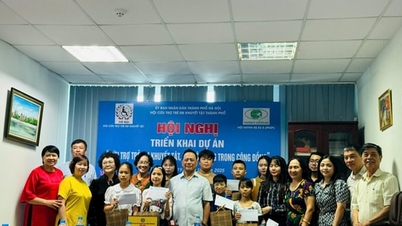
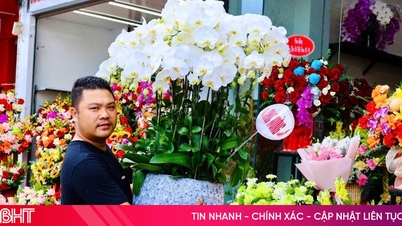











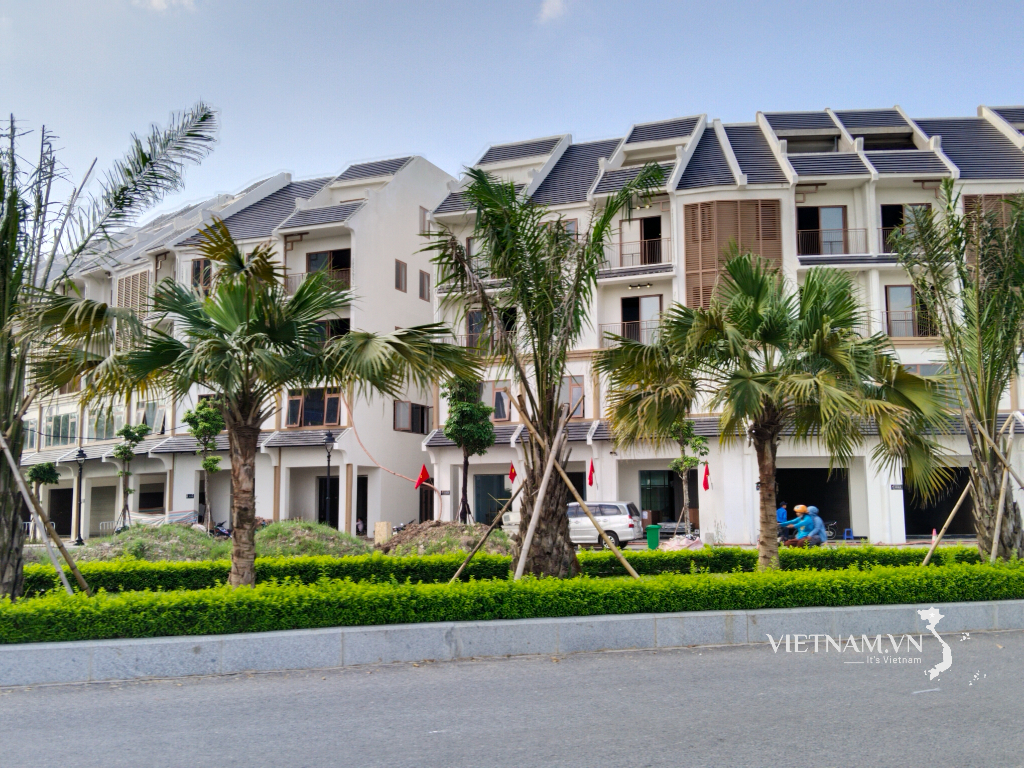



Comment (0)